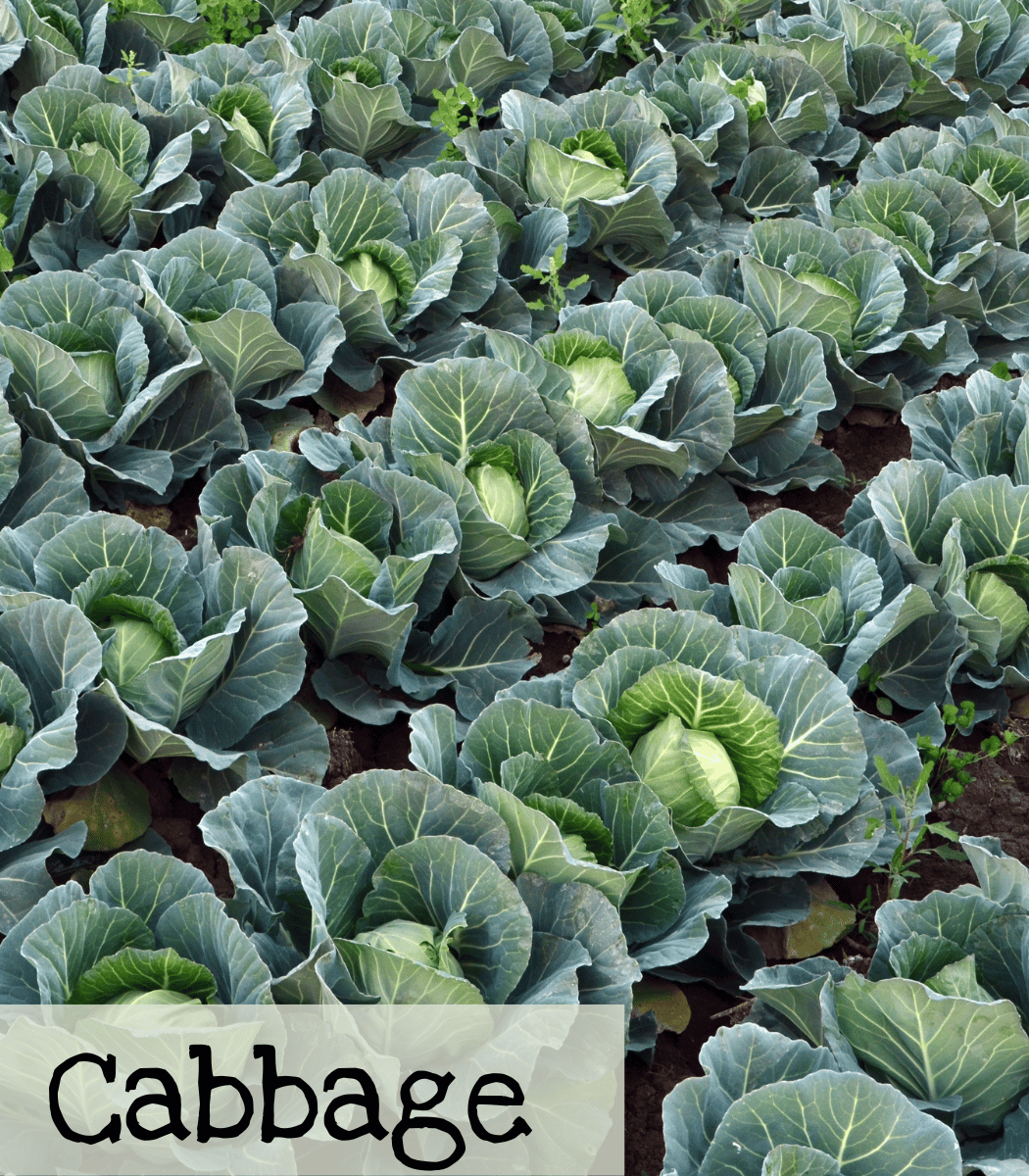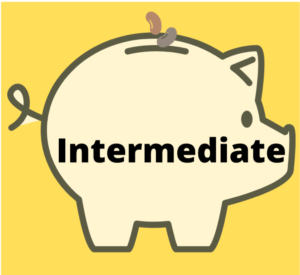
Cabbage
Cabbage is a member of the brassica family. These cool-weather crops can be grown in spring or fall.
|
Earliana; Granaat Chinese: Golden Beauty |
|
Brassica oleracea Chinese: Brassica rapa |
|
Intermediate to Difficult |
|
Intermediate to Difficult |
|
4 years if properly stored |
|
Biennial |
|
8-12 days |
|
None |
|
1/4 – 1/2 inch |
|
10-15” tall x 18-24” spread |
|
Full sun to part shade |
|
Earliana: 60 days Golden Beauty: 55 days Granaat: 75-80 days |
|
When heads are 6-7” in diameter. Earliana: 5-6” in diameter Golden Beauty: 5-7” in diameter Granaat: 3.5-4.5 LB |
|
Special Seed Library Event: January February, August, September |
|
Yes |

Growing Tips



5 gal container
When to Start
Winter Start: Start indoors 8-10 weeks before the last average frost. (Jan-Early Feb for GA)
Transplant Winter: Transplant 2-3 weeks before the last average frost. (Mar – April 1 for GA)
Fall Start: Start indoors 12-15 weeks before the first average frost. (Beginning of Aug for GA)
Transplant Fall: Transplant 6-10 weeks before the first average frost. (Sep 8 – Oct 1 for GA)
How to Start
Start seeds 8-10 weeks before the last average frost date in spring. (Link below for average frost dates.) Harden off and then transplant 2-3 weeks before the last average frost date.
Care
Cabbage is a heavy feeder. Add rich compost or manure to the bed before planting. Fertilize as needed throughout the growing season.
Plant in full to partial shade. Plants need a minimum of 8 hrs of sun. Cabbages like well-draining soil that is rich in organic matter. Space plants about 2 feet apart. To prolong the harvests, secession planting is beneficial so all the cabbages don’t mature at the same time.
Cabbages can tolerate a light frost but protect from moderate to severe freezes with row covers and mulch. Keep plants watered to help keep the heads from splitting.
Harvest
Harvest cabbage heads when they are firm all around.
Pest Management
Like many brassicas, cabbages have some pest problems. Cabbage worms and aphids are a particular nuisance. Using row covers at the time of transplant will help prevent the moths from laying eggs on the cabbages.
Crop rotation is also helpful in pest management. Move cabbage to a different bed each year. Any eggs that hatch which are in the soil of the previous bed, will not find cabbages to feed on.
Planting flowers that attract parasitic wasps and ladybugs, just to name a couple, will also help control pests. See “Companion Planting” for how and what to plant, the link is below.
Rareseeds.com recommends intercropping (which is one method of trap cropping) with thyme and onions. See “Trap Cropping” to learn how to intercrop, the link is below.
Pro Tip!
Incompatibles: Basil, beans, tomatoes
Grows well with: Artichoke, beets, cucumbers, lettuce, peas, potatoes, and spinach
Seed Saving


Isolation Distance
Insect-dependent and biennial, Cabbage will cross with other Brassica oleracea like kale, broccoli, and collards. Separate by 1 mile for reliable distance isolation. Allow seeds to mature and dry on the plants before harvesting.
Instructions
Cabbage requires vernalization (the process of overwintering). Designate particular cabbage plants for seed harvest.
Plants will bloom in the 2nd year. Dig up the seed plants at the end of the first growing season if the winter falls below 32 F. In this case, replant them in pots of sand. Store the sand pots over the winter in a temperature range between 32-40 F. Transplant the seed cabbage back to the garden the following spring. You MIGHT be able to get away with leaving the cabbage in the ground in GA. Mulch heavily and cover if temps get below freezing.
Let seed pods mature and dry on the plants before harvesting, or the seeds will not be fully mature. Harvest quickly after drying, as the pods often shatter and drop their seeds soon after they dry.
Strip the pods from the stalks and place them in a bowl. Work through the bowl of seed pods with your fingers. The pods will easily open, releasing the tiny seeds.
Winnow the chaff. Seeds and finer chaff are easy to separate by a variety of methods. One way is to use two screens of varying mesh, one a little smaller than the seeds and the other a little larger. The first screen lets anything smaller than the seeds fall through, and the second lets the seeds through and stops anything larger.
Features
- Earliana: Great for small gardens as heads are smaller (5-6”). It is sweet and mild.
- Golden Beauty: Heirloom. 55 days. Hardy and prolific. It has green outer leaves and a golden interior with a buttery, soft texture. Perfect for kimchi and stir fries.
- Granaat: Heirloom. 75-80 days. A classic variety that is a high-yielding plant.

Avoid planting near tomatoes, strawberries, and broccoli.
You May Also Like:
Mustard: Trap Crop for Cabbage
12 Veggies You Can Eat in 4-6 weeks
Companion Planting: How to use flowers to help control pests.
Trap cropping: How to keep pests out of your main crop.
Sources:
Starting & Saving Seeds By Julie Thompson-Adolf
Gardeningknowhow.com
Thespruce.com
Edenbrothers.com
